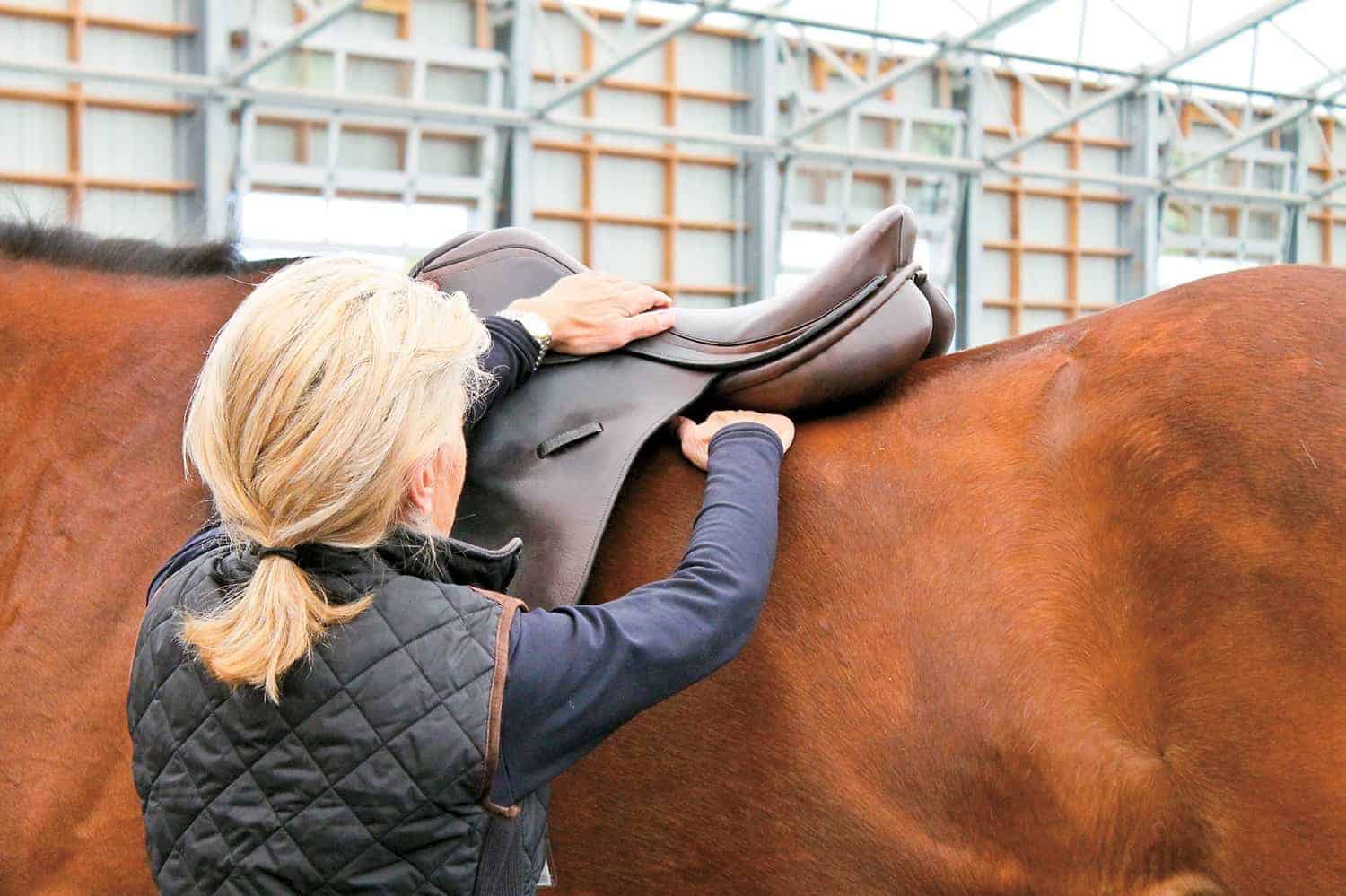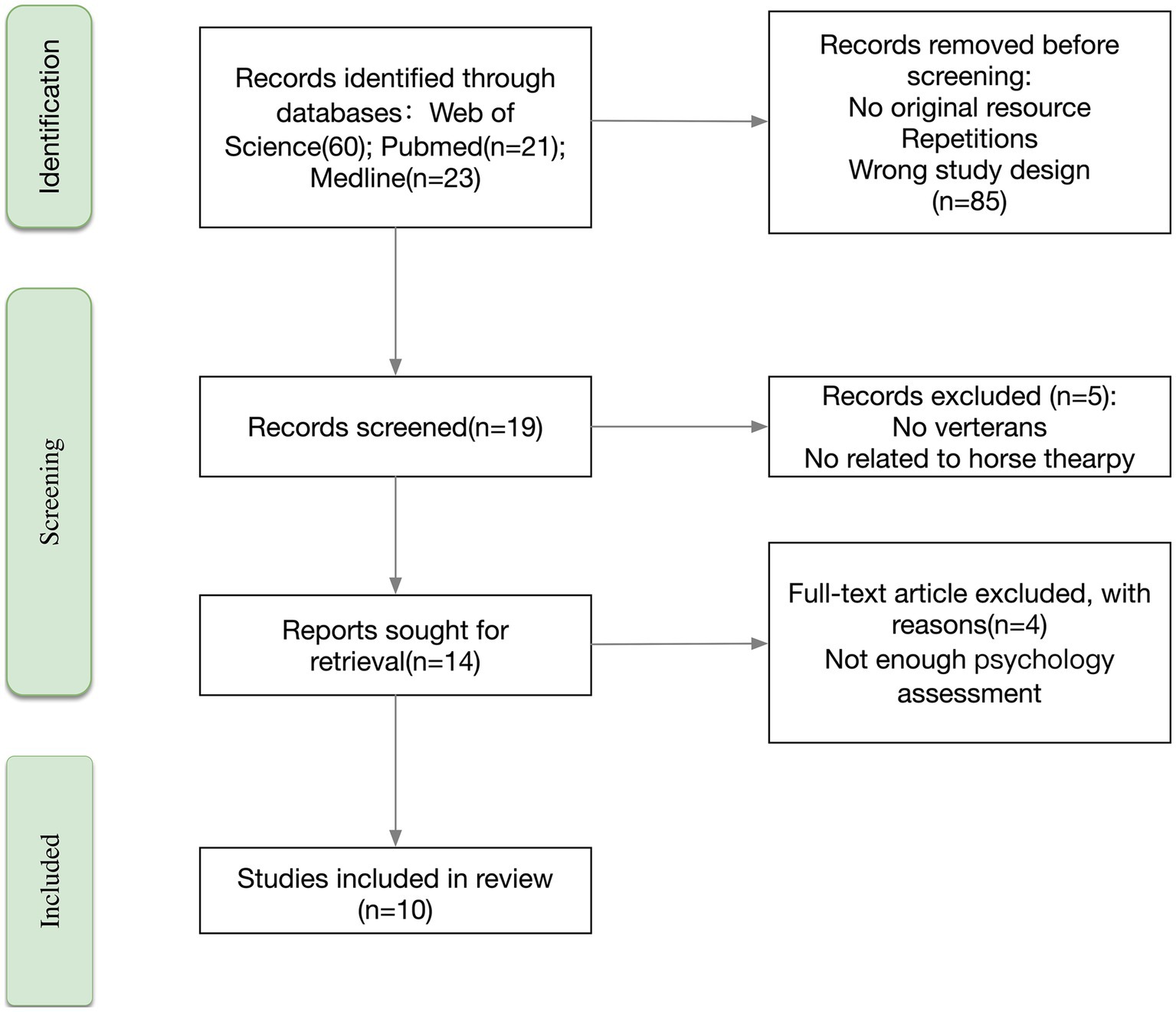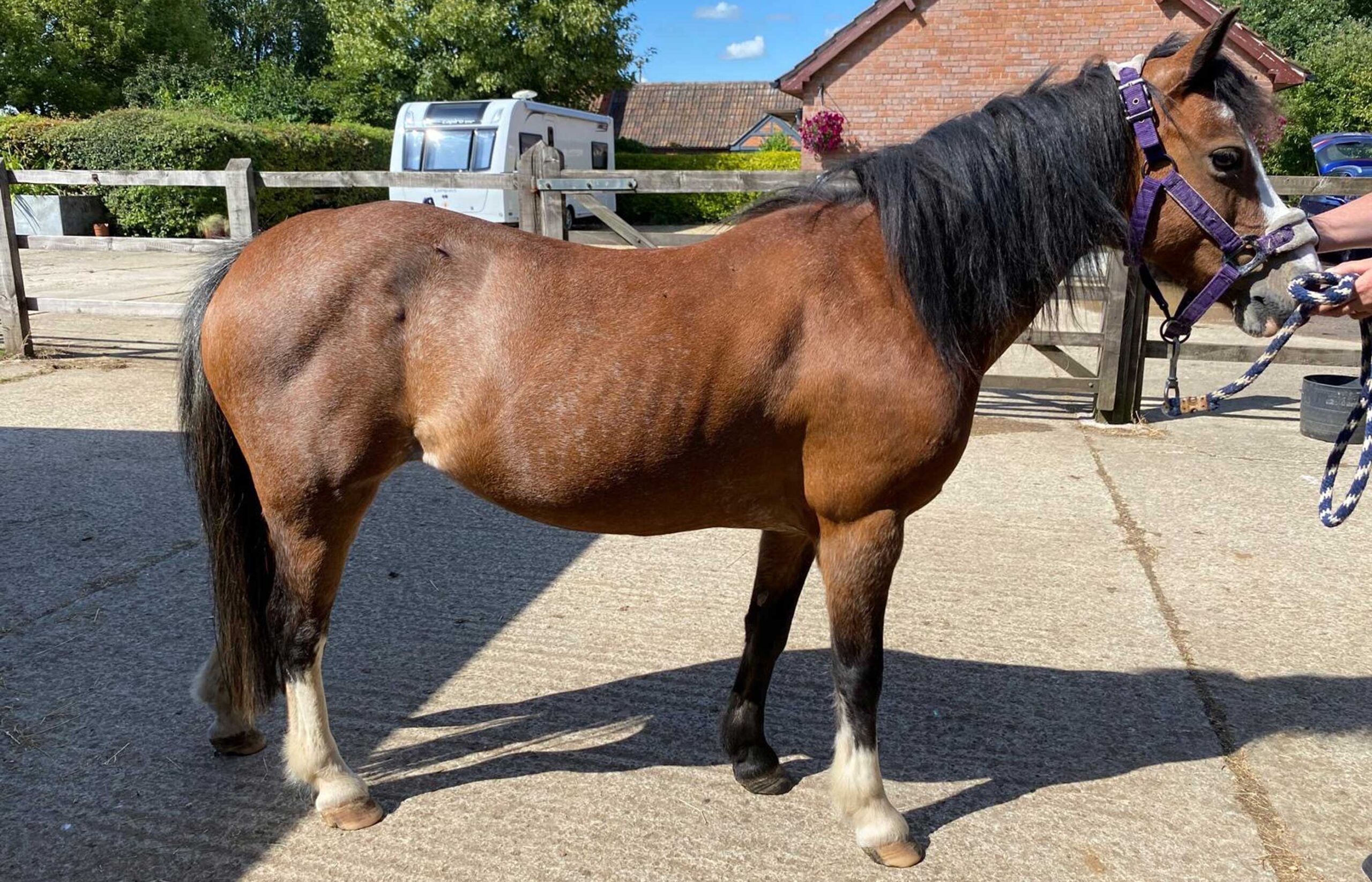Teaching Your Horse to Self-Soothe Anxiety: A Comprehensive Guide

Anxiety in horses can manifest in various ways, from restlessness and pacing to more severe stress behaviors. Teaching your horse to self-soothe anxiety not only improves their well-being but also strengthens the bond between you and your equine companion. This article explores effective techniques, benefits, and practical tips to help your horse manage anxiety independently.
Understanding Equine Anxiety

Horses are naturally flight animals, making them prone to anxiety in unfamiliar or stressful situations. Recognizing signs of anxiety is the first step toward helping your horse develop self-soothing behaviors.
| Common Signs of Equine Anxiety | Description |
|---|---|
| Pacing or restlessness | Repetitive movement indicating nervousness |
| Tail swishing | A sign of irritation or discomfort |
| Excessive vocalization | Whinnying or nickering more than usual |
| Sweating | Stress-induced perspiration |
| Refusal to eat or drink | Loss of appetite due to stress |
Why Teach Your Horse to Self-Soothe?
- Reduces Stress: Helps your horse manage anxiety without external intervention.
- Improves Safety: A calm horse is less likely to panic and cause accidents.
- Enhances Training: Self-soothing supports better focus and learning.
- Strengthens Bond: Builds trust and communication between horse and handler.
Techniques to Encourage Self-Soothing
1. Establish a Consistent Routine
Horses thrive on predictability. A stable daily routine reduces uncertainty and anxiety.
2. Use Positive Reinforcement
Reward calm behavior with treats, gentle strokes, or verbal praise to encourage relaxation.
3. Teach Relaxation Cues
Train your horse to respond to specific cues that signal it’s time to relax, such as a soft voice or a particular touch.
4. Provide Comfort Items
Introduce objects like a familiar blanket or a safe toy that your horse associates with calmness.
5. Gradual Exposure
Slowly expose your horse to anxiety triggers in controlled settings to build confidence and reduce fear.
Sample Training Schedule
| Day | Activity | Goal |
|---|---|---|
| 1-3 | Establish routine and environment | Create a safe, predictable space |
| 4-7 | Introduce relaxation cues | Teach signals for calmness |
| 8-14 | Positive reinforcement sessions | Reinforce calm behavior |
| 15+ | Controlled exposure to triggers | Build resilience and confidence |
Frequently Asked Questions (FAQ)
Q1: How long does it take for a horse to learn self-soothing?
A: The timeline varies depending on the horse’s temperament and consistency of training, but many horses show improvement within a few weeks.
Q2: Can all horses learn to self-soothe?
A: Most horses can learn self-soothing techniques, though some may require more patience and tailored approaches.
Q3: What if my horse doesn’t respond to training?
A: Consult a professional trainer or equine behaviorist to develop a customized plan.
Q4: Are there any risks to teaching self-soothing?
A: When done correctly, teaching self-soothing is safe and beneficial. Avoid forcing or punishing your horse, as this can increase anxiety.
Conclusion
Teaching your horse to self-soothe anxiety is a valuable skill that promotes mental health, safety, and a deeper connection. With patience, consistency, and positive reinforcement, you can help your horse navigate stressful situations calmly and confidently.
Would you like me to help refine the tone or add more detailed training exercises?
